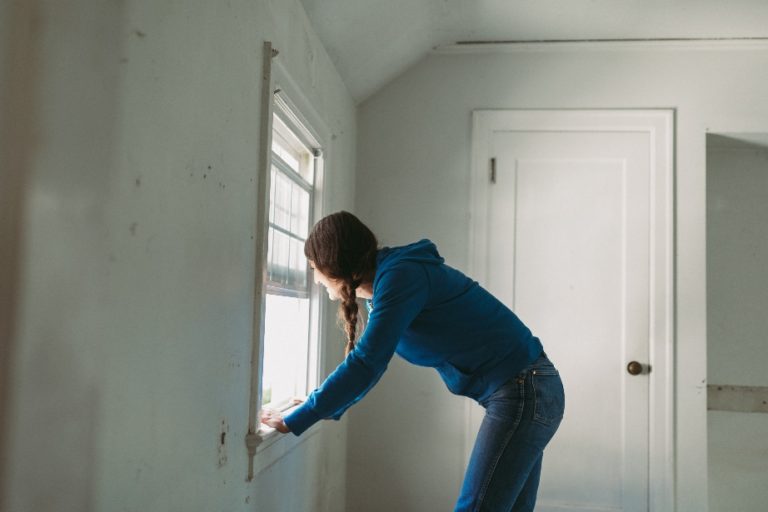Taking a deep breath can work wonders on the body including lowering stress, slowing your heart rate, and even stabilizing your blood pressure.
And did you know that breathing is also important for your home’s health?
Thanks to changes in building codes over the years and a greater focus on energy savings, homes are being built more air-tight and well-insulated than ever. And for the most part, these changes have a positive impact (especially on your wallet), but it does mean you run the risk of housing stale air and pollutants that can negatively impact your health.
Enter whole-home ventilation systems: your home’s way of taking a much-needed deep breath.
What Types of Home Ventilation Systems Are There?
You are probably already familiar with some ways to ventilate a home, such as a kitchen or a bath fan for more localized ventilation or even just opening a window. And while these tactics and other types of natural ventilation may have sufficed in the past, they don’t stand a chance at sufficiently improving the air quality of a tightly built home nor do they do much when it comes to filtering out pollutants.
Unlike natural ventilation, with whole-house ventilation systems airflow is uniformly distributed throughout the whole home using a series of ducts and fans in a controlled and intentional way. There are three types of whole-house ventilation:
Exhaust Only
One of the more affordable ventilation options, exhaust ventilation systems remove stale air from the home using fans and exhaust points and then rely on fresh air to enter the home through natural means (like small cracks or leaks) to balance out the change in pressure.
This type of ventilation system works best in dry climates with good air quality because the air naturally re-enters the home bringing with it any moisture or pollutants.
Supply Only
Another affordable option is supply ventilation. This system does essentially the opposite of the exhaust-only systems, by forcing fresh, filtered air into a home and then relying on natural means to push the old air out.
Unlike exhaust ventilation, this system works best in warmer climates. A home in a cooler climate runs the risk of moisture-laden air seeping into the walls and ceilings.
Balanced
As the name suggests, a balanced home ventilation system combines the exhaust and supply systems, effectively bringing fresh, filtered outdoor air into the home while also forcing stale air out.
This type of system is suitable for all climates but is often more expensive to install and operate. A balanced system may have an HRV (heat recovery ventilator), which transfers heat between the exhaust air and the fresh air which is recommended for colder climates, or an ERV (energy recovery ventilator), which transfers heat and moisture and is generally recommended for warm, humid climates.
How to Maintain Your Ventilation Systems
As with any part of a home, a ventilation system requires maintenance. Some of this care is simple enough to be done by the homeowner themselves DIY-style, while others will require the help of a professional.
Keep an eye (and ear) out for some of these tell-tale signs that your ventilation system may need a little tender love and care.
- Uneven temperature
- Rooms that are difficult to heat and cool
- Excessive dust
- Rattling noises from within the ducts
- A sharp increase in your monthly energy bill
To help keep the repairs and their associated costs to a minimum, here are a few ways you can maintain your home’s systems and diagnose any issues:
- Check that your exhaust is functioning properly. If not, your home could accumulate humid air, leading to mold or mildew. It’s also important to ensure that your home’s exhaust vent air outside, as opposed to back into the home.
- Regularly clean vents and air intake screens. Make sure any vents are clear of dust and debris and, for those that are located inside, not blocked by furniture or curtains.
- Make sure you have the right ventilation system. Aside from having a ventilation system that is suited to your climate, you may also need to re-evaluate your system if you have any renovations that require an upgrade.
If you continue to notice problems like excess dust or mold, your home ventilation systems may benefit from a professional for the sake of your home and your family’s health. They can help diagnose any problems and get your system working again.




